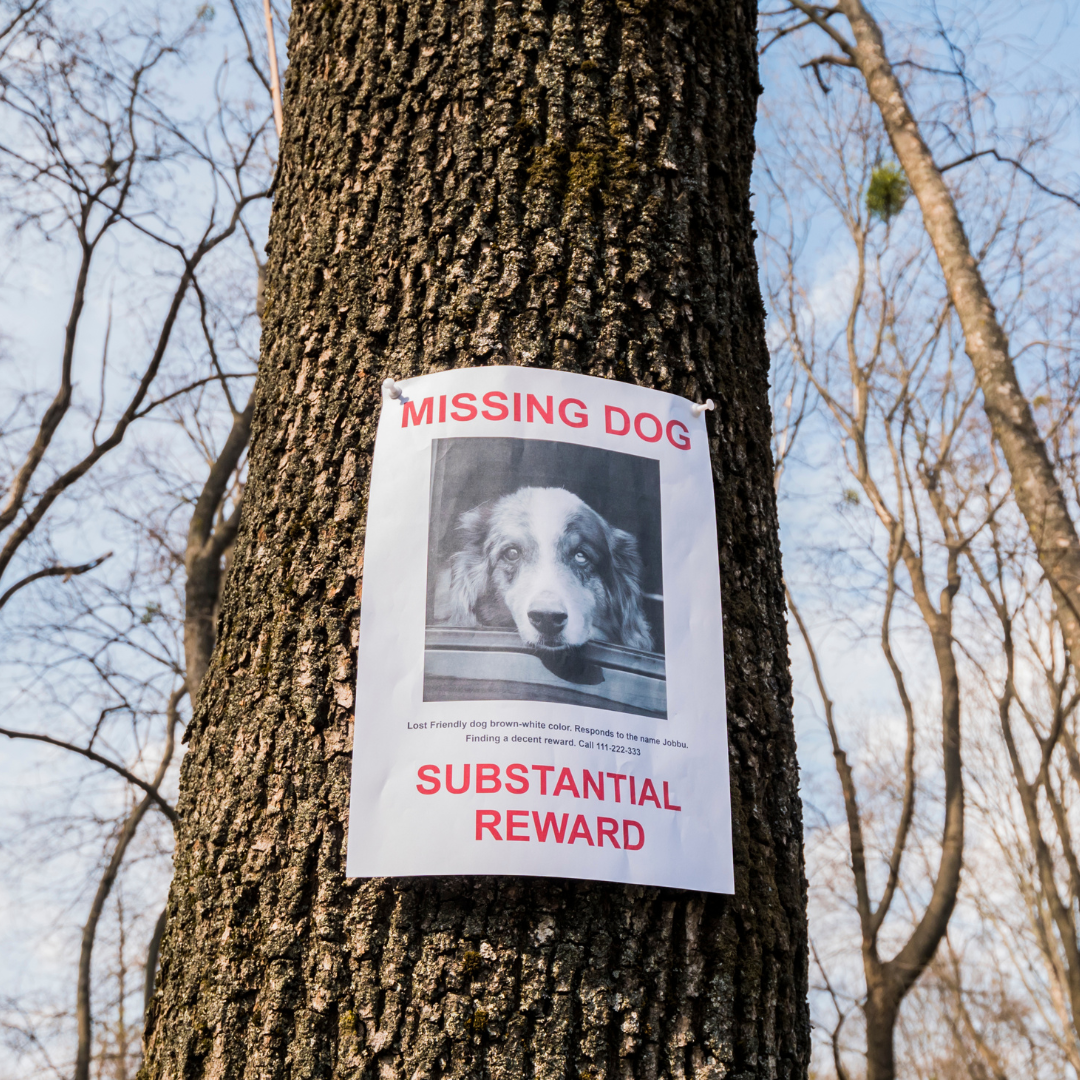Finding lost pets can be an emotional time for both you and the animal. If you want to help your lost pet get home as quickly as possible, it is important to remain calm and act responsibly. Pets can be good company, providing comfort and affection. But they can also be unpredictable and run away. Even domesticated pets can be startled by loud noises or unfamiliar sights. That is why pet owners need to be aware of what to do if they are concerned that their dog or cat is missing.
Here’s How to Find a Missing Pet:
Check Thoroughly at Home
It is important to do a thorough search outside your home. Begin by checking the obvious areas: crawl spaces, garages, sheds, and porches. Check inside each room, including the attic and the basement, and underneath all furniture. There is nothing like finding your pet! You spend months wishing and hoping, searching high and low, only to finally hear those joyful “meows” as you open the door. If you do not do a thorough search at home, you may never find the pet you are looking for. By the time your pet is outside, it could have found a new home or been hit by a car.
Locate The Area Where the Pet Was Lost
Finding your lost cat or dog can be discouraging. This can make finding a dog and bringing them home even more difficult. But there are steps you can take that can increase your chances of locating elusive lost pets. Search the immediate area where you lost your dog as soon as possible. An area near where you lost your dog may be the easiest place to find your dog. Look for signs such as collars, leashes, or hair. If there are no signs, search other parts of the area where your dog may have gone. In addition, you may want to file a missing pet report with your local animal shelter or veterinary office.
Pet microchips
Make sure your pet is microchipped. Pet microchips are permanent identification technology that contains a code that is unique to your pet. It is not one-size-fits-all, though, since each chip is different. Not all pets are microchipped, so ask your veterinarian if you do not know.
Look For Tags
At the same time, make sure your pet is wearing dog tags. Pet tags are a way of identifying your pet in case they go missing. Your pet’s microchip number can be listed on the tag, but make sure it is up to date.
Post Notices on Facebook and Other Social Media Networks
Losing a pet can be incredibly heartbreaking. Even if it happened years ago, the wounds are still fresh in your mind. And nothing makes it sting more than when you realize that that pet is gone, and you have no idea where it is. That is why it is important to look for your pet right away. Posting notices on social media networks like Facebook is a good place to start. You can also contact your county’s animal services department or a local animal shelter for assistance.
Report the Dog Missing and Contact Local Shelters
It may be a cliché, but one of the surest ways to find your pet is to contact the nearest animal shelter. Put out a lost dog/cat flyer around the neighborhood to see if anyone spots your pet. Then, if you are still unable to locate your pet, it is time to contact an animal shelter for help. Since animal shelters deal with lost dogs/cats on a daily basis, they’re your best bet for finding your pet if they do get loose.
Check and Distribute Lost Dog Posters
If you lost a pet, you could start by checking lost pet posters around your neighborhood. These posters have a picture of your pet and your contact information, so if your pet wanders off, you will be able to reunite them with you. Some major pet stores, such as Petco and Petsmart, have posters that you can put in your area. There are also websites online that display lost pet posters. PetFinder is a great resource, as is PetHarbor. Distributing lost pet posters seems like an easy decision, but you might be surprised how many people do not take advantage of this helpful tool. If you regularly walk your dog around the neighborhood, consider putting out a “missing” poster with a picture of your dog-a photo is most helpful in finding a lost pet-and a description of their physical appearance.
When a pet goes missing, it can be a stressful situation for all involved-the pet owner, the pet, and anyone else who may be searching for the animal. The chances are good that if the pet is microchipped, it will be returned. But identification tags and collars are also good options for marking a pet’s whereabouts.

